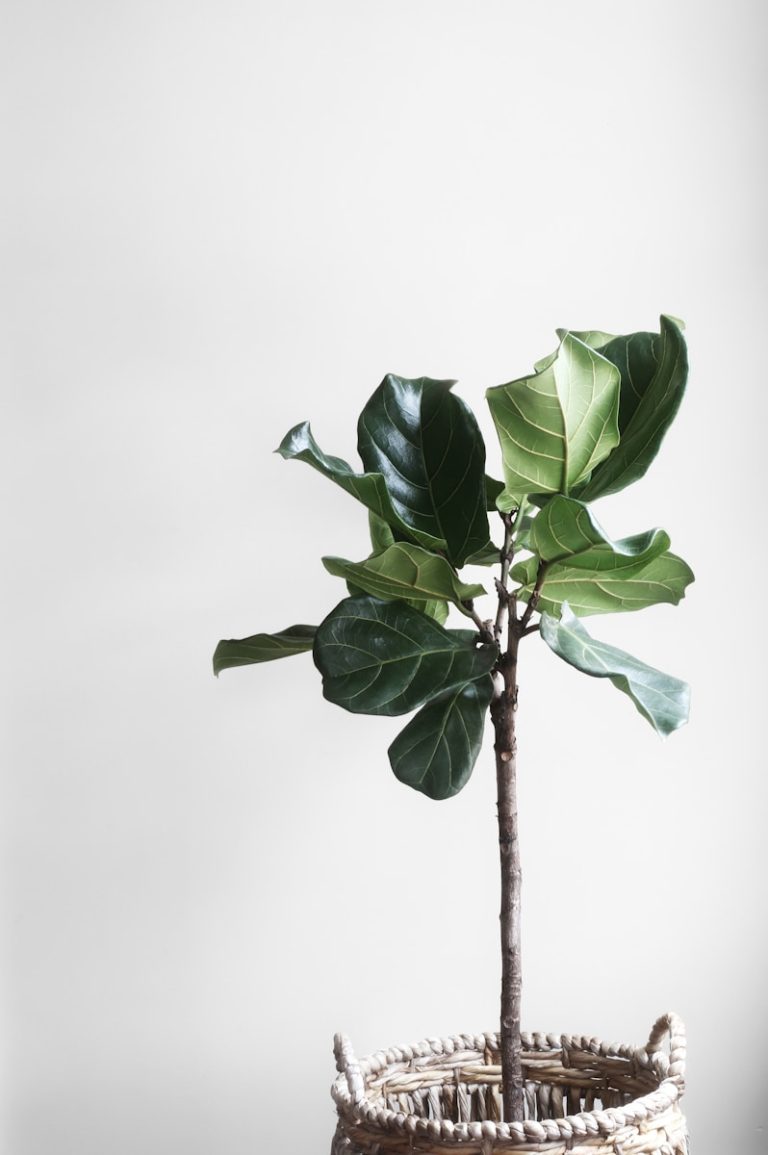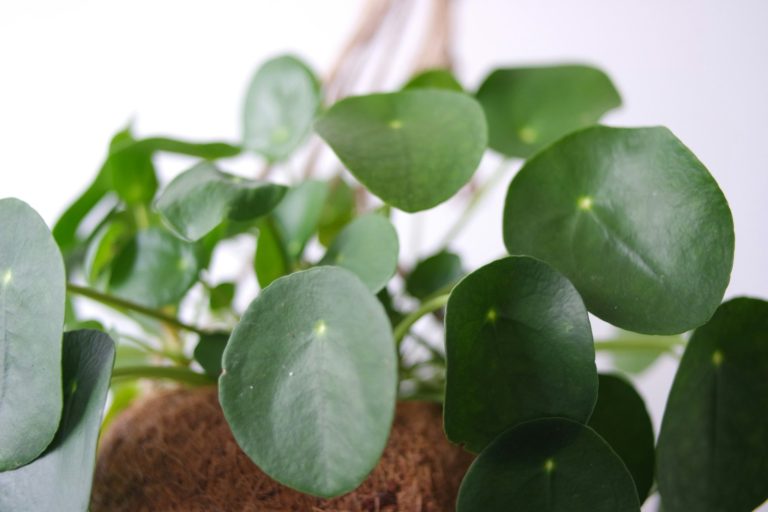Anthurium Warocqueanum: Growing the Queen Anthurium
Anthurium Warocqueanum: Growing the Queen Anthurium
The Anthurium warocqueanum, often referred to as the Queen Anthurium, is a highly sought-after anthurium species among plant enthusiasts. Known for its striking foliage, this anthurium presents a unique challenge and reward for those looking to grow the queen of their houseplant collection. This article explores the fascinating world of Anthurium warocqueanum and provides insights into its history, characteristics, and anthurium warocqueanum care.
Introduction to Anthurium Warocqueanum
What is the Queen Anthurium?
The Queen Anthurium, scientifically known as Anthurium warocqueanum, is a captivating species of anthurium celebrated for its impressive, elongated leaves. As an epiphyte, it thrives in conditions that mimic its natural rainforest habitat. The plant’s growth habit and demands for high humidity and bright indirect light make it a somewhat demanding but incredibly rewarding houseplant for experienced plant keepers, or those who wish to step up their plant game.
History and Origin of Anthurium Warocqueanum
Originating from the rainforests of Colombia, Anthurium warocqueanum has a rich history intertwined with its tropical plants environment. As an epiphytic plant, it naturally grows on trees, absorbing nutrients and moisture from the ambient air and decaying organic matter. Understanding its natural habitat is crucial to replicating the ideal growing conditions for this exquisite anthurium.
Characteristics of the Queen Anthurium
The most distinguishing characteristic of the Anthurium warocqueanum is its long, pendulous, velvety green leaves that can reach impressive lengths under optimal growing conditions. As an aroid, it also produces a spadix and spathe, though the plant is primarily valued for its magnificent foliage. Maintaining humidity levels and providing well-draining soil are critical for healthy new growth. You might need to consider grow lights if your location has limited light.
Cultivation of Anthurium Warocqueanum
Successfully cultivating the Anthurium warocqueanum involves understanding its specific needs and replicating its native rainforest environment. The queen anthurium requires careful attention to detail to ensure optimal growth habit. Providing the correct growing conditions, including appropriate substrate and humidity levels, is essential for encouraging healthy new growth and vibrant foliage. It is also possible to grow the queen in tissue culture.
Choosing the Right Potting Mix
Selecting the appropriate pot and potting mix is vital for anthurium warocqueanum care. Since this anthurium is an epiphyte, it thrives in a well-draining soil mix that allows air circulation around the roots. A blend of sphagnum moss, perlite, and orchid bark can mimic its natural epiphytic environment. Avoid heavy, compact soils that retain too much moisture, as this can lead to root rot in your queen anthurium.
Light and Temperature Requirements
Anthurium warocqueanum flourishes in bright indirect light, mimicking the filtered light it receives under the rainforest canopy. Avoid direct sunlight, which can scorch the delicate foliage. Maintain a consistent temperature between 65-80°F (18-27°C) to promote healthy growth. If natural light is insufficient, consider supplementing with grow lights to ensure your anthurium receives adequate illumination.
Watering and Humidity Needs
Maintaining high humidity is crucial for Anthurium warocqueanum. Aim for humidity levels of 70% or higher. Regular watering is essential, but avoid overwatering, which can lead to root rot. Allow the top inch of the substrate to dry out between waterings. Using a humidity monitor can help you maintain the ideal climate and prevent your houseplant from drying out. Consider using a humidifier or pebble tray to increase ambient humidity.
Acclimatizing Your Queen Anthurium
When you first bring your Anthurium warocqueanum home, it’s crucial to acclimatize it to its new environment. Whether sourced from the Orange Lake Nursery, Canopy Plant Co, or another vendor, the transition can be stressful for this species of anthurium. Gradual adjustment to its new conditions will help prevent shock and encourage healthy new growth. This is especially important for plants that may have been grown under very specific conditions before.
Initial Placement and Light Adjustment
Upon bringing your queen anthurium home, place it in a location with bright indirect light. Avoid direct sunlight to prevent leaf burn. Observe the plant for a few days to see how it responds to the light. If the leaves appear pale or stretched, it may need more light. Gradually increase the light exposure over a week or two, but always avoid direct sun. Using grow lights may be helpful in spaces with poor lighting. You should fertilize your anthurium during periods of new growth.
Gradual Changes in Environment
Introduce changes in humidity and temperature gradually to help your Anthurium warocqueanum adjust. If your home has low humidity, consider using a humidifier or placing the plant on a pebble tray to increase humidity levels. Avoid sudden temperature fluctuations, as this can stress the plant. Slowly adjust the watering schedule as you observe how quickly the substrate dries out.
Signs of Successful Acclimatization
Signs of successful acclimatization in your Anthurium warocqueanum include the development of new growth, stable leaf color, and overall vigor. If the plant maintains its velvety appearance, produces new growth, and shows no signs of stress such as yellowing or dropping leaves, it is likely acclimatized to its new environment. Consistent anthurium warocqueanum care will help ensure its continued health and beauty.
Tissue Culture Techniques for Anthurium Warocqueanum
Understanding Tissue Culture
Tissue culture, also known as micropropagation, is a technique where plant cells, tissues, or organs are grown in a sterile environment on a nutrient-rich medium. This method is particularly useful for propagating plants like Anthurium warocqueanum, which can be challenging to reproduce through traditional methods. Understanding the principles of tissue culture is essential for anyone looking to grow the queen of anthuriums efficiently.
Benefits of Tissue Culture for Plant Propagation
Here’s how tissue culture benefits the propagation of Anthurium warocqueanum, particularly the rare queen anthurium:
- It allows for the rapid multiplication of plants.
- It ensures genetic uniformity and produces disease-free specimens.
This increased availability can reduce pressure on wild populations, helping to protect this ornamental plant in its natural habitat.
Steps to Grow the Queen Anthurium via Tissue Culture
Here’s how to initiate tissue culture for Anthurium warocqueanum. It requires careful attention to detail, especially concerning these initial preparations:
- Selecting a healthy mother plant.
- Sterilizing and extracting plant tissues, typically meristematic cells, and placing them on a nutrient medium containing hormones to stimulate new growth.
After these steps, it’s important to maintain a sterile environment and controlled humidity levels. Once plantlets develop, acclimatize them gradually to ambient conditions before potting them in a well-draining soil mix.
Common Issues and Solutions
Pest and Disease Management
Maintaining the health of your Anthurium warocqueanum involves diligent pest and disease management. Regularly inspect the foliage for pests and prevent fungal diseases by ensuring adequate air circulation and avoiding overwatering. This will keep your queen anthurium healthy and thriving.
Identifying Nutritional Deficiencies
Nutritional deficiencies can manifest in various ways in Anthurium warocqueanum. Yellowing leaves may indicate a lack of nitrogen, while stunted growth can point to a phosphorus deficiency. Use a balanced fertilizer specifically formulated for aroids to provide essential nutrients. Monitor your plant’s response to fertilization and adjust as needed to ensure optimal growth habit and vibrant foliage in your houseplant.
Rehabilitation Techniques for Damaged Plants
If your Anthurium warocqueanum suffers from damage due to overwatering, underwatering, or pest infestations, rehabilitation techniques can help restore its health. Remove any dead or decaying foliage and adjust the watering schedule. Improve humidity levels and provide bright indirect light to encourage new growth. Consider repotting the plant into a fresh, well-draining substrate to promote root health and overall recovery.


